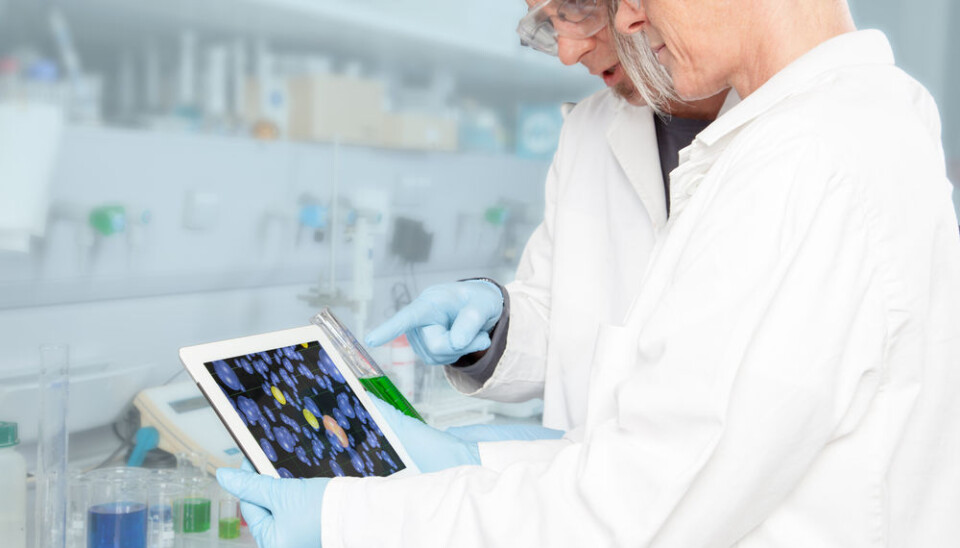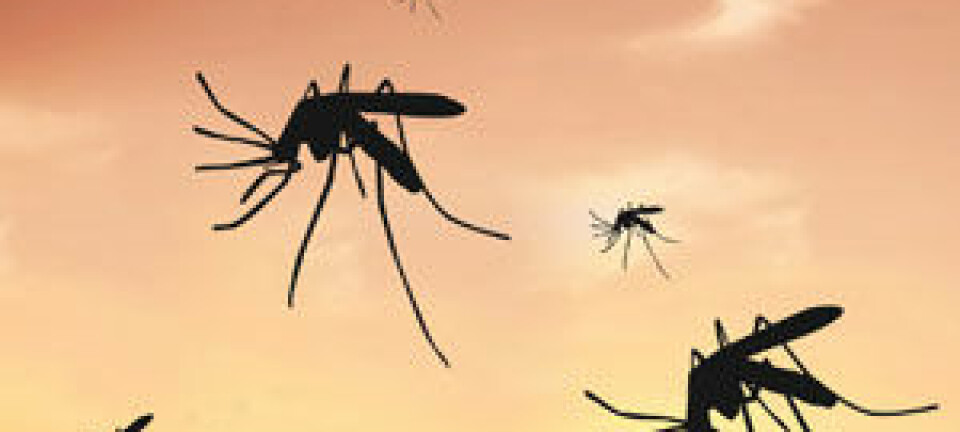
Scientists catalogue all human proteins
New protein catalogue will be key instrument in the development of new types of medicine.
Scientists have painstakingly catalogued which proteins operate in each of the body's 32 different types of tissue and what their functions are in relation to other types of tissue.
According to the scientists behind the study, the discovery will be useful in the development of medicines capable of striking more precisely at specific diseases.
"The perspectives of mapping the body's proteins are enormous. If, for instance we want to develop a drug that’s aimed specifically at the liver, it is now possible to determine which proteins are found in the liver and target the drug in such a way that it binds itself to precisely these proteins. This would make it possible to avoid any toxic effect on other tissue," says Professor Jens Nielsen from Chalmers Tekniska Högskola, a university in Gothenburg, Sweden.
The new study has just been published in Science and the results receive praise from Mats Wikström with the Novo Nordisk Foundation Centre for Protein Research.
"There's no doubt that this will have a powerful influence on how medicine is developed in future. It will also be a useful tool to many scientists when it comes to identifying proteins and biological pathways relevant to their own research. It will also help to deepen our understanding of a good many diseases," says Wikström.
Will help in the battle against cancer
The body consists of a total of some 20,000 proteins. Of these, approximately half are universal and are found in all types of tissue.
The other half consist of more or less unique proteins found in special types of tissue. Insulin is one example of a unique protein which is produced exclusively by one type of tissue in the pancreas.
According to Nielsen, proteins only found in a single type of tissue are extremely interesting because it may now be possible to use them to cure lethal diseases such as liver cancer.
"When you want to develop medication to treat a disease like liver cancer it’s vital to know which proteins can be found in the liver,” says Nielsen.
If doctors can see that a protein changes in the event of disease and that the protein is unique to the liver, they can code the drug to target just that type of specific protein in the liver tissue. This is where a protein map comes in handy, says Nielsen.
Wikström agrees, adding that it may be important during the early stages of medicine development:
"You can check already at an early stage to see whether a new drug candidate targeted at various proteins is likely to have undesirable side-effects on certain types of tissue. It may then be possible to change the medicine very early in the proceedings to make its purpose more specific," says Wikström.
A boost to drug development
According to Nielsen, another perspective of the study and the map of all the body's proteins is the proteins secreted by the different types of tissue.
Proteins are not only found within the cells they are also used in intercellular communication.
In their study, the scientists have mapped all the proteins secreted by each type of tissue.
Nielsen explains that this gives scientists an extended catalogue over which proteins might be of interest when designing drugs related to a specific disease.
Wikström says it could help determine whether drugs should be scrapped at an early stage in their development.
Resource the other scientists
In their research, the Swedish scientists also mapped all the proteins involved in the metabolism of each type of tissue.
Each tissue type has its own metabolism, and many diseases can be related to a dysfunction of the metabolism of an individual tissue type, for example the fat metabolism in fatty degeneration of the liver.
According to Nielsen, the discovery provides scientists with an understanding of how defects in the interaction between proteins inside each cell maybe the triggering factor of different diseases.
"On that count, our research is very much a resource which other scientists can peruse and find things that can contribute to their own work," Nielsen explains.
-----------
Read the original story in Danish on Videnskab.dk
Translated by: Hugh Matthews










